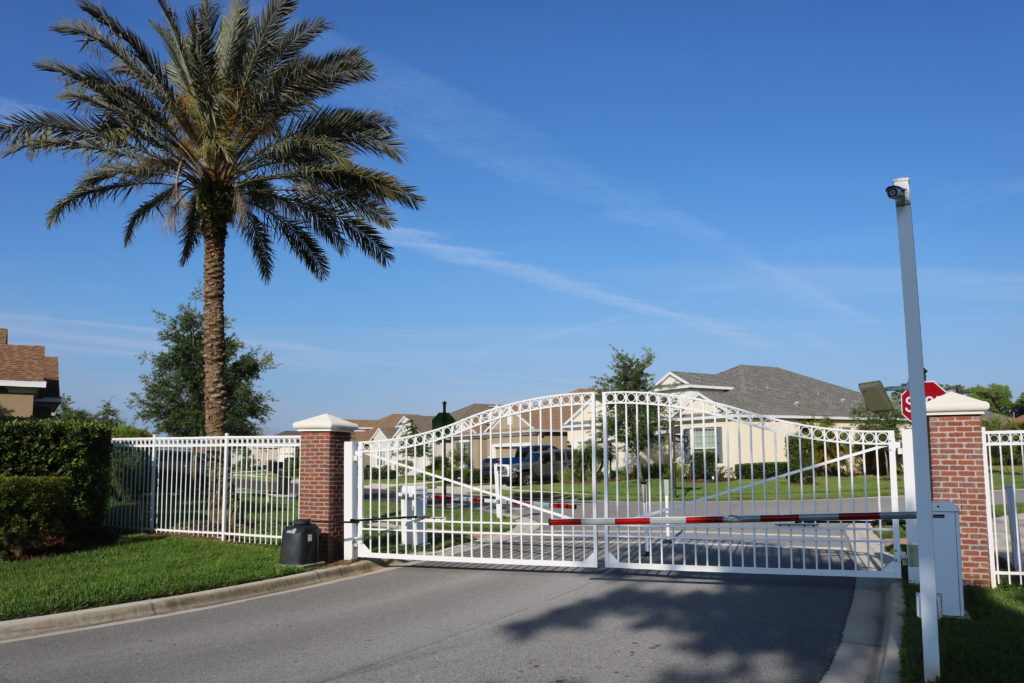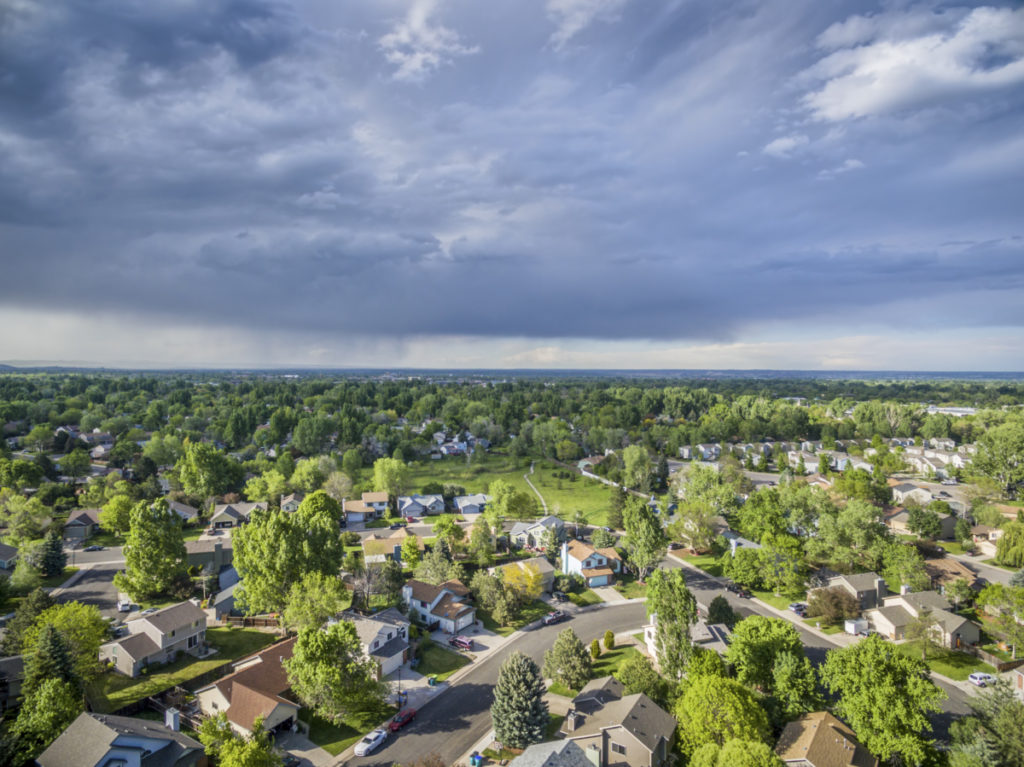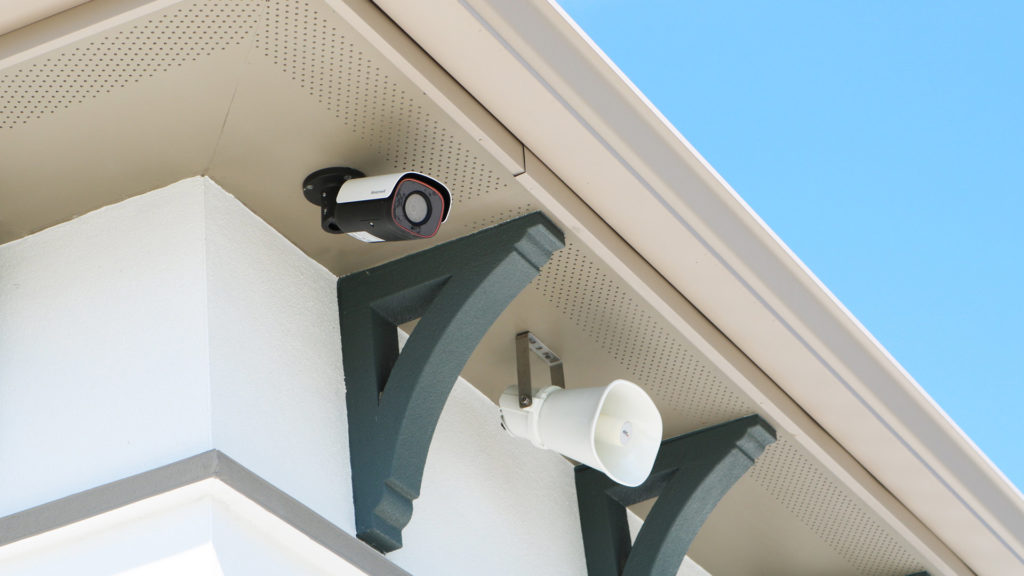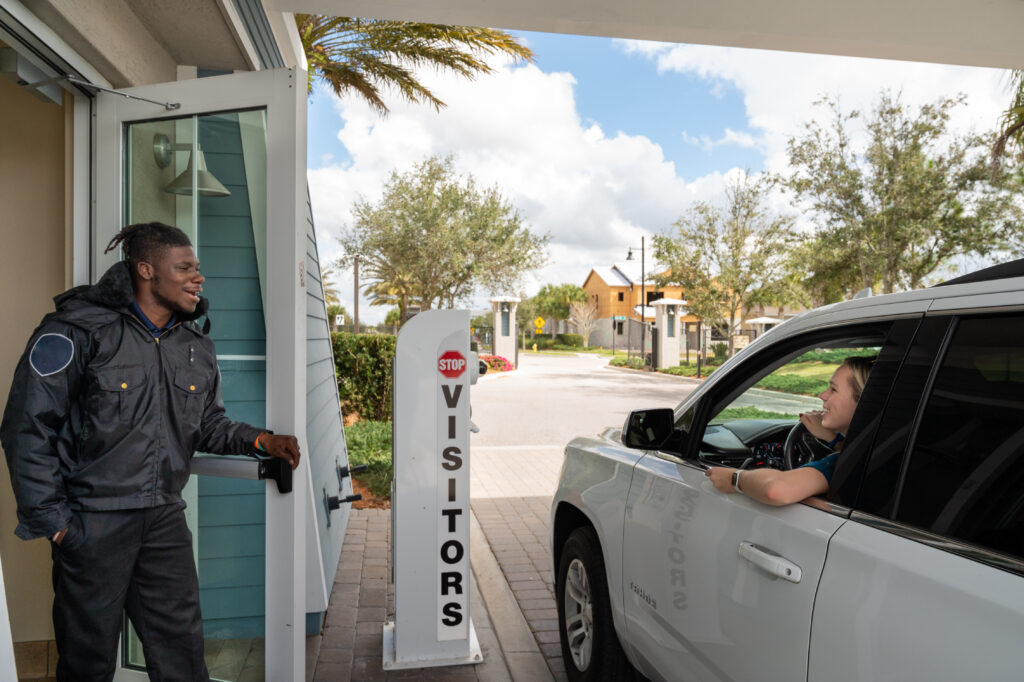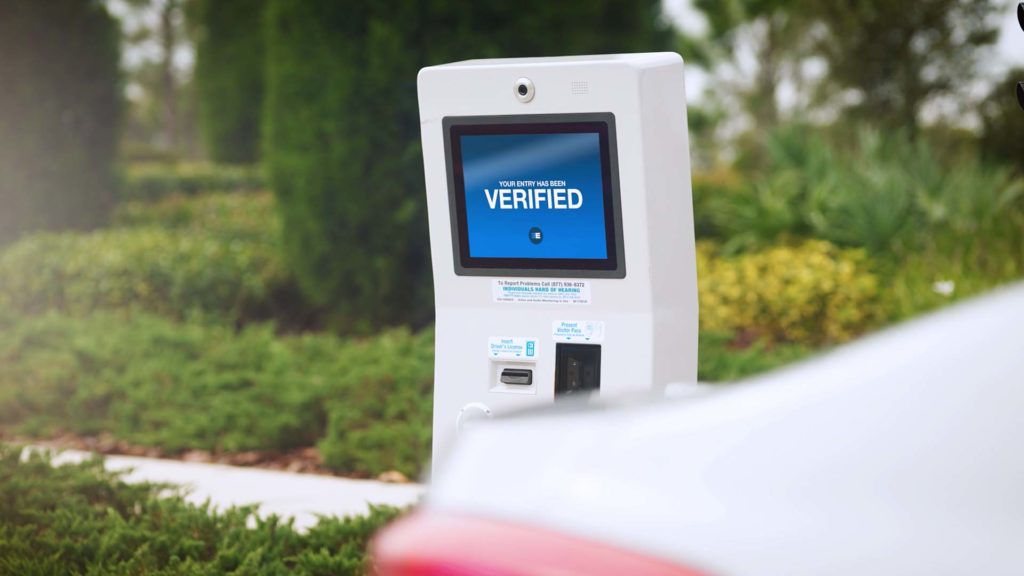Why have records of residents and visitors entering a community?
Database management of residents, their contact information, and visitor records is important for communities in several ways. However, creating and managing a database of such kind, especially for large communities, can be challenging and time-consuming for property managers or association board members. To ease the process of collecting and sustaining a community database, there is software and systems that can assist in improving records and security in a community.
An online community portal and/or smart-device app is an easy-to-use option for community officials and residents when looking to manage a database. This type of software can allow residents to maintain their own household or profile information. That way they can easily update phone numbers, email addresses, other household members, and more for property officials to know current contact and resident information.
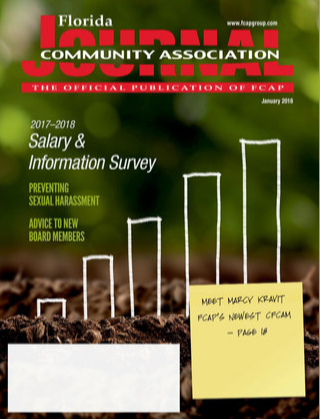
Creating a database with resident information is the first step to simplify communication in the community. A community database allows property officials to easily contact all residents regarding association information or emergencies. The database can include regular community vendors that may need to be contacted often.
When a community uses an access control system for entry points and amenities, database management is critical for verification at each point with a user’s credential. The database allows property officials to determine who is allowed access to an area and at what times. If a resident moves away or must have access suspended to a certain area, the credential can be easily deactivated. Some security providers include database management as a service to allow property managers to tend to other responsibilities.
A web portal and app can also allow residents to register their own visitors allowed into a community. This simplifies the methods of registering guests, while also adding the visitors to the community’s system. When a resident keeps their guest list up-to-date, their visitors can be quickly and easily verified at the community entrance. If an unregistered guest arrives, the security provider can have quick access to the resident’s contact information.
Having a record of the visitors at a community is an important security feature. The database can show a security provider and community officials who entered the community, who was denied from the community, and at what times. If damage occurs at the entrance or an incident happens within a residence, the security provider and association will have quick access to the records of approved and denied visitor transactions. Residents can also have the ability to view their own visitor history if need be.
Record keeping of visitors can help a community to be more efficient at an entrance, as well. One of the biggest complaints from community visitors and residents is the length of time it takes to enter a gated neighborhood. With record keeping of visitor transactions, the community can see how long it takes for a visitor to enter, as well as the busiest times at an entrance. Statistics like these can help the community determine the appropriate solution.
To efficiently use a community database, it is best to have it consolidated for all needs, administrative and security. Having separate databases for property officials, security providers, and vendors is confusing, inconsistent, and tedious. A consolidated database is significantly easier to update and consistent for all users that need access to the information.
If a community has not moved in the direction of record keeping and database management, it will only become more important as technology and security methods progress. Finding a service or security provider that includes database management can help to create the community database, as well as maintain and manage the consolidated information. The earlier an association and property manager start to obtain the necessary records, the easier it will be to update and implement throughout the community.
You can read the complete issue and original article here: FLCAJ – January
You can also download the article here.

